New Comic! (link)




New comic! (link)
I’m going to be honest, this it the most I have ever used the science courses I took in undergrad. Glad all those thousands of dollars finally paid off.
More Posts from Saients and Others

Photographer Endangers His Life To Capture Lava, Meteor, Milky Way And Moon In One Shot
culturenlifestyle:

American adventure photographer Mike Mezeul II has captured what is arguably one of the most stunning images of Mother Nature at work.
Keep reading

Spectacular collision of stars will create new star in night sky in 2022
1800 years ago two stars were coming together in a huge cataclysmic explosion. The light from that collision will finally arrive on Earth creating a new star in the night sky - dubbed the ‘Boom Star’ - in an incredibly rare event which is usually only spotted through telescopes. Before their meeting the two stars were too dim to be seen by the naked eye, but in 2022, the newly formed Red Nova will burn so brightly in the constellation Cygnus that everyone will be able to to see it. For around six months the Boom Star will be one of the brightest in the sky before gradually dimming, returning to its normal brightness after around two to three years. Read more

Stepping on Lava
GIF made by Sixpenceee. Original video via YouTube.

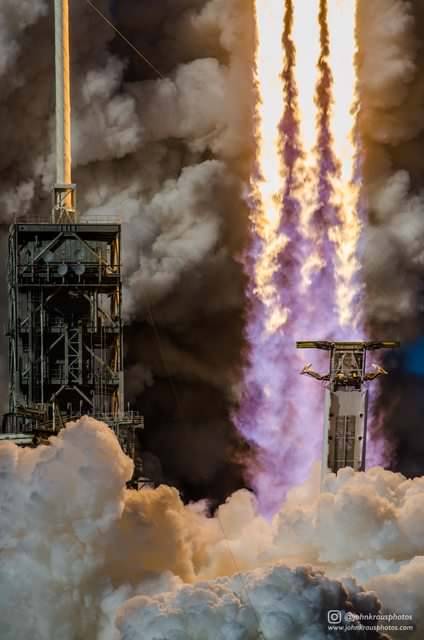







Today is a remarkably profound day in American history, and an even more profound day for humankind.
After years of delays for perfection, SpaceX has successfully launched its FALCON HEAVY rocket, defying the force of gravity, and make its way onto an elliptical heliocentric orbit near Mars. The payload - Elon Musk’s personal midnight cherry red Tesla Roaster, with a dummy named Starman wearing a SpaceX space suit in the driver seat, playing David Bowie’s Space Oddity on repeat, with “Don’t Panic” (Hitchhiker’s Guide To The Galaxy reference) on the screen. This car is set to orbit for the next billion years, or upon destruction. This car has potential to outlive the Earth.
Now, this launch is utterly profound for too many reasons to list (although I’ll try). First and foremost, this finally begin the tangible reality of the ultimate goal of SpaceX - to make humans an interplanetary species. This rocket has the capability to take humans, to and from Mars. And although this will not be the rocket that does it, it has shown it is possible. Today marked the first move for humans going to Mars from a paper idea, to a pragmatic reality.
Furthermore, SpaceX, as a private company has entirely reconfigured space travel by its stupid-simple innovations. To simply, basically, space travel is expensive. Really expensive. Part of this reason was because the first stage and second stage (the most expensive parts of the rocket) would crash down into the ocean after use, rendering it useless. Essentially, this is like getting a new McLaren F1, to drive from NY to Boston, just to throw it away once finished. Obviously, this is extremely economicaly inefficient. However, no agency has actively sought to fix this problem because it was viewed as incorrectable, and because space travel has been dominanted by government agencies.. and as we know, government agencies spend frivolously and often don’t care about price.
What SpaceX has done to correct this giant problem was devise away to have the first stage booster descend back to Earth, and slowly and surely drop on a pad either on land or on a tracked floating device in the ocean (to understand how preposterous this is, try to imagine a 25 story building, falling from space, landing on a autonomous pad in the ocean that’s the size of a football field). This was LONG declared as impossible by numerous scientists and physicists, but despite the odds, a private company has not only managed to do this, but do successfully over 15 straight times. This was viewed IMPOSSIBLE in early 2016. Today, we viewed two boosters simultaneously land with the Falcon Heavy launch - AND these two boosters that were used today were previously recovered ones from past Falcon 9 missions. For record of how much cheaper this has made space travel:
Nasa Space Shuttle Launch - cost around 500 million
SpaceX Falcon 9 launch - cost around 50 million
The other reason why SpaceX has managed to make space travel 450 MILLION dollars cheaper is because of how it make its products. EVERYTHING IN SPACEX (and Tesla, btw) IS MADE IN HOUSE. Everything. Everything made on American soil, by American workers, IN FUCKING HOUSE. It is of course immensely difficult to build a fucking rocket from scratch, but SpaceX has perfected it. Instead of buying a computer from this company (who has to mark up to get a profit) who gets their mother board from this company (who has to mark up to get a profit) who gets their chips from this company (who has to mark up to get a profit) - everything is made IN house. As a quick example on how expensive mark up prices become after running through a few companies - A mass amount RADIOS for Tesla through a company would normally cost around 100,000 dollars, but when Musk’s team learned how to perfect it for cheaper, they brought thay price way down to 5, 000 dollars. This in house economic principle has made space travel FAR more plausible for the public then we ever could have imagined. And as SpaceX gets better, prices will continue to plummet.
After many stagnant years, there has been little to any innovation in the improvment of space travel. Since 1969 and the Apollo mission to the moon, there has been little for the public to cheer on, with regards to NASA and American space travel. However, SpaceX has given our generation a voice. It has given our generation a profound meaning. Many of us will witness the day when humans set foot on Mars, and many will witness the moment when humans first begin to colonize the red planet. Our generation has something unbelievable to stand behind - not only as a very proud nation, but as a world united. Curiosity and knowledge connects people all over the world, and traveling the cosmos and becoming an interplanetary species will have a uniting effect far greater than any of us can imagine. We are living in a very special time. Days like today will always be remember in American history, demonstrating the amazing capability of determined humans, when curiosity strikes. Lastly, it is also a reminder that many creations today were once rendered as impossible - having a Tesla flying throughout the solar system launched by the most powerful rocket currently in the world is a giant middle finger for all the thousands who have sworn that both Tesla and SpaceX would never ever be able to make it. Both began as startups with a small team of determined workers, both became near bankrupt in 2009, and today, we witness a cherry red Tesla heading into space playing David Bowie to visit the red planet. If that’s not motivating, I don’t know what is.
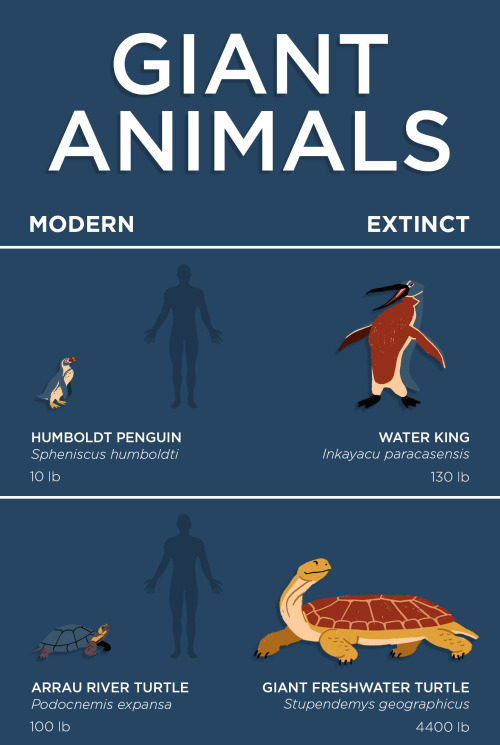
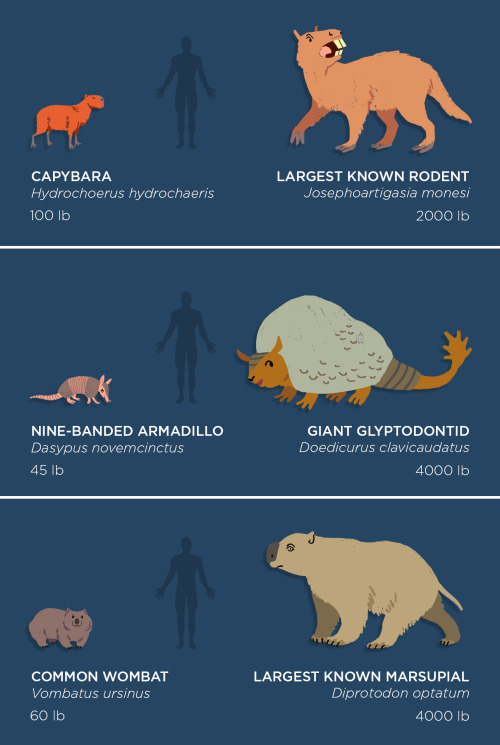
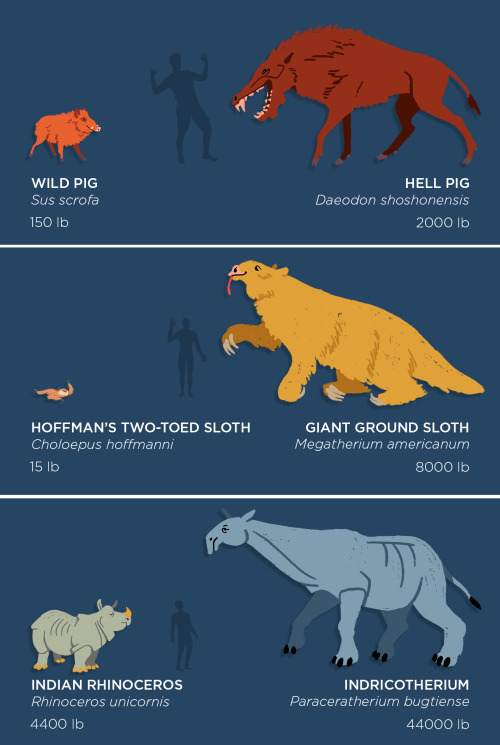
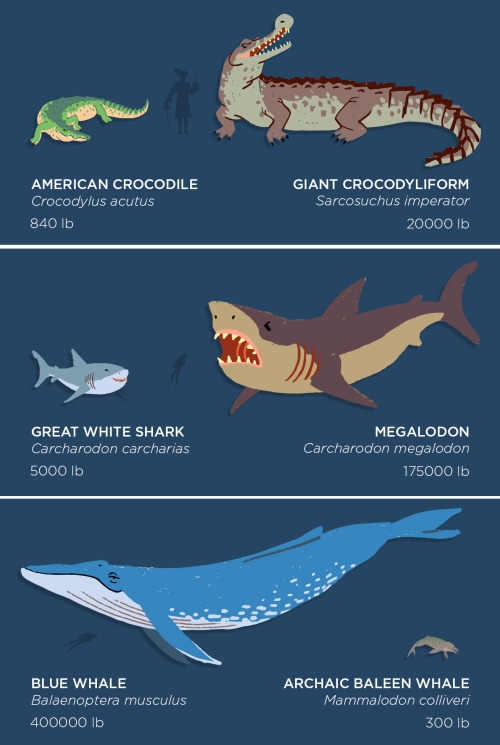


After 40 years, scientists may have solved the mystery of the “Wow!” space signal
In August of 1977, a group of astronomers examining radio transmissions in Ohio received a mysterious signal from an unknown source.
Shocked by its incredible length — 72 seconds — one scientist scribbled “Wow!” next to the recording, inadvertently giving the unusual communication a nickname that would last decades.
Now, after 40 years of grappling with possible explanations for the Wow! signal — which even include the possibility of aliens — scientists at the Center for Planetary Science have finally solved the puzzle.
A comet unknown to researchers in the 1970s likely caused the signal, and researchers were able to test that theory in a recent fly-by. Read more (6/8/17)
follow @the-future-now

NASA astronaut Peggy Whitson becomes first woman to command ISS twice
NASA astronaut Peggy Whitson achieved a new milestone at the International Space Station on Sunday, when she became the first woman to command the ISS twice.
Whitson is replacing astronaut Robert Shane Kimbrough, who will depart the space station Monday.
“Up here we don’t wear shoes, but Shane is leaving me some pretty big socks to fill,” Whitson said during a live broadcast as she assumed her new position. Read more. (4/9/2017 3:40 PM)


The Drake Equation
In 1961, following an early SETI experiment using radio telescopes called Project Ozma, astronomer Frank Drake arranged a historic meeting at the National Radio Astronomy Observatory in Green Bank, West Virginia. The ten attendees - among them a young Carl Sagan - discussed the feasibility and methodology of detecting extraterrestrial civilizations using radio astronomy. They formulated the Drake Equation - a rough, speculative means of estimating the possible number of current technologically-advanced civilizations in the galaxy.
N = the number of advanced extraterrestrial civilizations potentially detectable by radio signals in the Milky Way Galaxy.
Depending on the values used for each variable, N can work out to be hundreds of thousands or more, or very few.
R* = Rate of new star formation.
One estimate is 7 stars per year.
Fp = Percentage of stars with planetary systems around them.
New solar systems are being discovered every year.
Ne = Number of planets per star system capable of sustaining life.
Depending upon the temperature, type, and size of the star, the habitable zone of a planet for Earth-like life may be nearer or further from its star. Based on our own solar system, we might guess 1 or 2.
Fl = Fraction of those planets upon which life appears.
How many of those habitable planets upon which life has developed is difficult to estimate. In our own solar system, it’s at least 1 - there is a good chance that at one point, life developed on Mars, though traces of it have yet to be found.
Fi = Fraction of those planets where intelligent life appears.
Estimates vary wildly. We know it’s happened at least once here on Earth. As ‘intelligence’ is subjective, it may be that it has developed in other non-human, communicating species, like whales.
Fc = Fraction of those societies that develop advanced communication technology and send signals into space.
Intentional or unintentional, other civilizations might transmit identifiable signals into outer space that modern Earth technology could pick up.
L = Lifetime of communicative civilizations.
Do technologically-capable civilizations inevitably self-destruct, or can they last forever? This is an immensely uncertain question. We’ve been communicating with radio waves for fewer than 100 years, with the long-term survival of our species and our status as ‘technological’ uncertain.
-
 j0ltc0la liked this · 6 years ago
j0ltc0la liked this · 6 years ago -
 wakayume liked this · 6 years ago
wakayume liked this · 6 years ago -
 princestorm14 liked this · 6 years ago
princestorm14 liked this · 6 years ago -
 crapblog3000 reblogged this · 6 years ago
crapblog3000 reblogged this · 6 years ago -
 crapblog3000 liked this · 6 years ago
crapblog3000 liked this · 6 years ago -
 autistic-council-spectre liked this · 7 years ago
autistic-council-spectre liked this · 7 years ago -
 slightlystitely reblogged this · 7 years ago
slightlystitely reblogged this · 7 years ago -
 slightlystitely liked this · 7 years ago
slightlystitely liked this · 7 years ago -
 silverhorse123 reblogged this · 7 years ago
silverhorse123 reblogged this · 7 years ago -
 verdrangea liked this · 7 years ago
verdrangea liked this · 7 years ago -
 darkestday828 reblogged this · 7 years ago
darkestday828 reblogged this · 7 years ago -
 thatlesbiandancingqueen reblogged this · 7 years ago
thatlesbiandancingqueen reblogged this · 7 years ago -
 thatlesbiandancingqueen liked this · 7 years ago
thatlesbiandancingqueen liked this · 7 years ago -
 maggieavery liked this · 7 years ago
maggieavery liked this · 7 years ago -
 royallyjelly reblogged this · 7 years ago
royallyjelly reblogged this · 7 years ago -
 animalfr1ends reblogged this · 7 years ago
animalfr1ends reblogged this · 7 years ago -
 thatfuckingdumbass reblogged this · 7 years ago
thatfuckingdumbass reblogged this · 7 years ago -
 briishere reblogged this · 7 years ago
briishere reblogged this · 7 years ago -
 darknesscomesatdawn liked this · 7 years ago
darknesscomesatdawn liked this · 7 years ago -
 xx---locketdragon---xx liked this · 7 years ago
xx---locketdragon---xx liked this · 7 years ago -
 thriceandonce liked this · 7 years ago
thriceandonce liked this · 7 years ago -
 demareed liked this · 7 years ago
demareed liked this · 7 years ago -
 berserksevangelion liked this · 7 years ago
berserksevangelion liked this · 7 years ago -
 picklington liked this · 7 years ago
picklington liked this · 7 years ago -
 foreign-feelings liked this · 7 years ago
foreign-feelings liked this · 7 years ago -
 obviousinadequacies liked this · 7 years ago
obviousinadequacies liked this · 7 years ago -
 storieswritteninthestars liked this · 7 years ago
storieswritteninthestars liked this · 7 years ago -
 bibliophilianapologist reblogged this · 7 years ago
bibliophilianapologist reblogged this · 7 years ago -
 bibliophilianapologist liked this · 7 years ago
bibliophilianapologist liked this · 7 years ago -
 floppynoodleboofah reblogged this · 7 years ago
floppynoodleboofah reblogged this · 7 years ago -
 coramingo liked this · 7 years ago
coramingo liked this · 7 years ago -
 tauntedoctopuses liked this · 7 years ago
tauntedoctopuses liked this · 7 years ago -
 milk-carton-angel7 liked this · 7 years ago
milk-carton-angel7 liked this · 7 years ago -
 lilgirl-bigdreams reblogged this · 7 years ago
lilgirl-bigdreams reblogged this · 7 years ago -
 prttyktty420 liked this · 7 years ago
prttyktty420 liked this · 7 years ago -
 thepetitebiscuit reblogged this · 7 years ago
thepetitebiscuit reblogged this · 7 years ago -
 sammislife liked this · 7 years ago
sammislife liked this · 7 years ago -
 ecopharmgeek liked this · 7 years ago
ecopharmgeek liked this · 7 years ago -
 thatonerpgamer liked this · 7 years ago
thatonerpgamer liked this · 7 years ago -
 jennynext liked this · 7 years ago
jennynext liked this · 7 years ago -
 brienne-of-the-ninenine reblogged this · 7 years ago
brienne-of-the-ninenine reblogged this · 7 years ago -
 brienne-of-the-ninenine liked this · 7 years ago
brienne-of-the-ninenine liked this · 7 years ago -
 void-birb reblogged this · 7 years ago
void-birb reblogged this · 7 years ago
Stardate: 2258.42...or, uh, 4... Whatever. Life is weird, at least we've got science.
75 posts